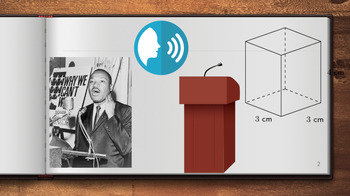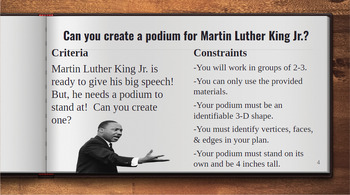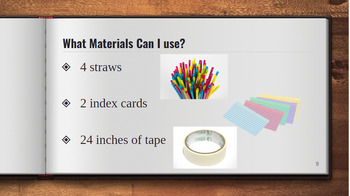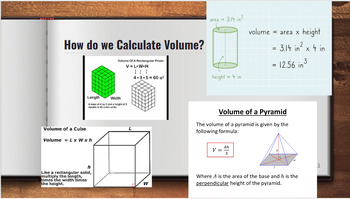Martin Luther King Jr STEM Challenge
- Google Slides™

Description
Looking for a way to combine history, engineering, and math? Well look no further! This MLK STEM Challenges asks learners to build a podium for Dr. Martin Luther King Jr. so that he can make his famous speech. Google Slides take you and your learners through the lesson and includes a video of the famous speech, timer for the challenge, materials list, etc. Materials are basic office supplies and can be changed based on what you have available.
For a math extension, you can talk about 3D shapes and how a podium is a rectangular prism. Slides also include information about vertices, edges, and faces. At the end of the lesson, learners can calculate the volume of their podium.
Be sure to get the free STEM Notebook paper from my shop to go along with this lesson, as well as the Martin Luther King figure to stand at the podium for testing!





